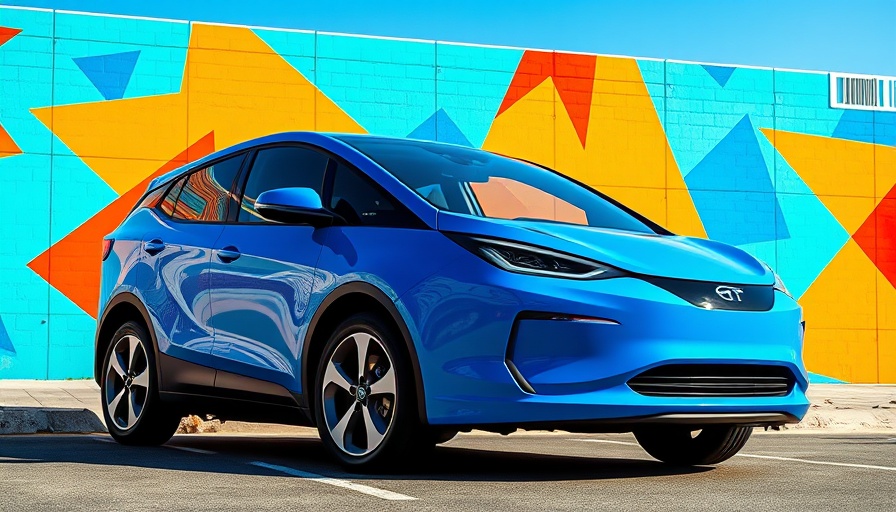
General Motors Faces a $1.6 Billion Setback in Its EV Strategy
In a startling revelation, General Motors (GM) has reported a staggering $1.6 billion charge as it reassesses its electric vehicle (EV) strategy in light of recent regulatory rollbacks. This financial hit comes just as the automaker prepares to unveil its third-quarter results, underscoring the high stakes involved in the rapidly evolving automotive landscape.
Understanding the Financial Impact
According to Bloomberg, the majority of this charge—about $1.2 billion—stems from non-cash impairments linked to the company’s adjustments to its EV production capacity. The rest, roughly $400 million, is attributed to settling or canceling contracts associated with its EV initiatives. This strategic realignment signals not just a temporary setback but a significant redirection in GM's approach to the burgeoning EV market, which has faced renewed pressures following the termination of the former federal $7,500 tax credit.
The Ripple Effect of Regulatory Changes
The abrupt shift in U.S. government policies has left many automakers, including GM and its primary competitor Ford, scrambling for stability. With the elimination of tax incentives and a reduction in emissions standards, GM forecasts a pronounced slowdown in EV adoption among consumers. The implications are clear: factories that were once brimming with plans for new electric models are now facing significant downtime, as evidenced by GM's recent announcement to cut shifts at its Tennessee plant that produces the Cadillac Lyriq and Vistiq EVs.
Comparing Industry Rivals
This scenario isn’t unique to GM. Ford too has felt the sting of aggressive EV investments turning sour, reporting a $1.9 billion impact earlier for similar reasons. Industry analysts, including John Murphy from Bank of America, predict that other automakers may soon follow suit with their own multibillion-dollar write-downs. Such warnings highlight the volatile dynamic between bold EV investments and the variable regulatory landscape that governs them.
Market Dynamics: A Shift in Strategy
Despite the hefty charges, GM is not entirely stepping back from electric vehicles. The company continues to pivot towards producing more affordable models, indicative of its ongoing commitment to the EV market. As GM acknowledges in its regulatory filings, the re-evaluation of its manufacturing footprint remains a work in progress, indicating that additional charges could be on the horizon. While the company has made significant strides in increasing its EV market share from 8.7% to 13.8% this year, it still lags behind industry leader Tesla, which commands approximately 43.1% of the market.
Looking Ahead: Navigating Uncertainty
As the global auto market shifts towards electrification, the challenges that GM faces are emblematic of a larger industry trend. With expectations of EV demand continually fluctuating due to regulatory changes, consumer preferences, and competitive pressures, the path forward remains unclear. The recent announcements signal that a concerted effort in strategic adaptation will be necessary for GM and its rivals if they wish to achieve sustainable growth in the electric vehicle sector.
In light of these developments, audiences interested in the future of EVs and the dynamics of the automotive industry should remain vigilant. The complexities surrounding government policies, market strategies, and consumer behavior will play a significant role in shaping the EV landscape as we move forward.
 Add Row
Add Row  Add
Add 




Write A Comment